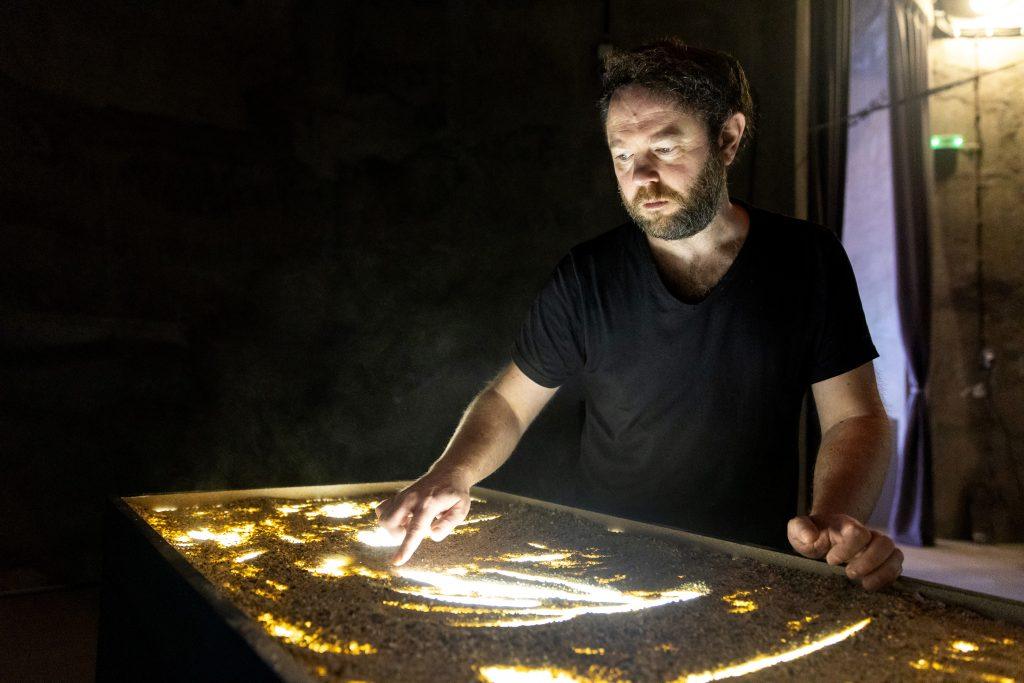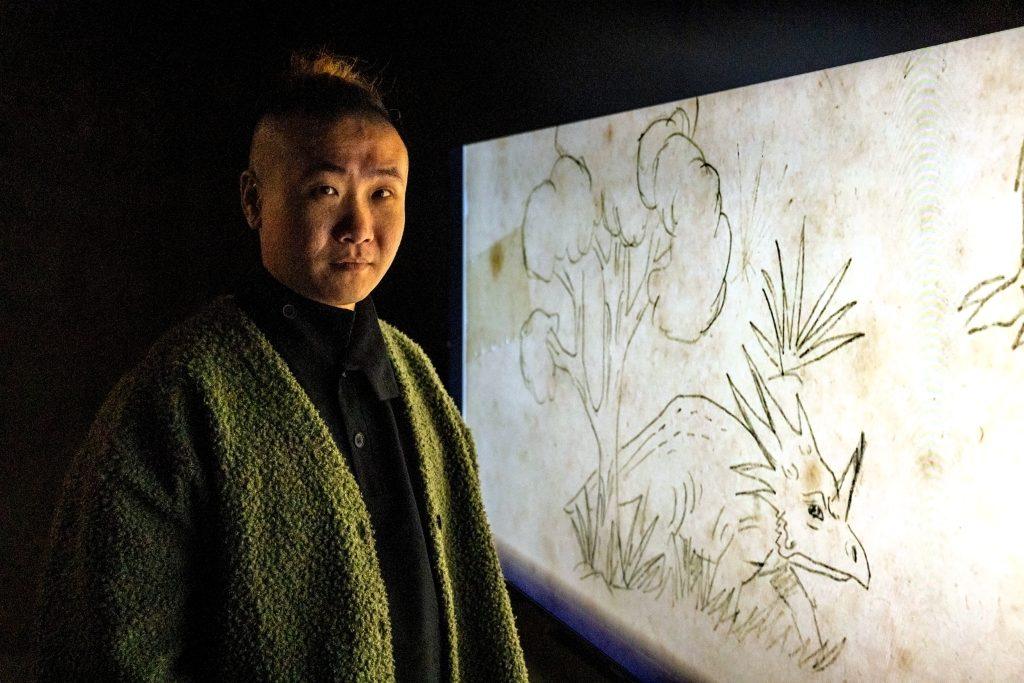For decades, Serbia has relied on vast coal reserves extracted from the largest coal mine in the Balkans to meet a significant portion of its energy demands. Following the closure of these mining fields reclamation measures have been implemented. The positive outcomes of these efforts are evident in the form of denser forests, flourishing orchards, and cultivated fields, as well as the emergence of new topographical features and more regulated river flows. One can witness these distinctive transformations in the landscape from designated vantage points.


As an integral component of a guided tour last weekend, aligned with the accompanying program of the Landscape Possibilities exhibition, around thirty people from diverse cultural, scientific, and artistic backgrounds explored a nursery and a reclaimed forest. That also included a visit to a spontaneously regenerated landscape born from an abandoned mine, as well as a relocated cemetery. The tour culminated with a viewing of the amphitheater situated above the stream at Lake Kolubara in the active sector of the mines.

Engeneer Branislav Pajić, archaeologist Tijana Ivković (EPS Kolubara Branch), landscape architect Jelena Pažin and engeneer Branka Bošković (Forest Nursery Baroševac) participated in the guided tour moderated by Milena Putnik.









